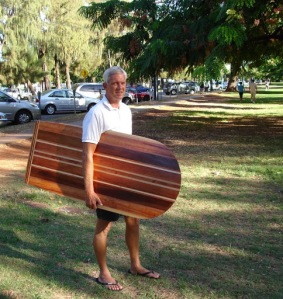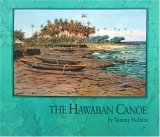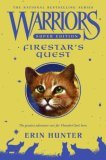 Late last year I interviewed John Clark (right) about what he was reading, soon after the publication of his most recent book, Guardian of the Sea: Jizo in Hawaii, which I reviewed for the Honolulu Advertiser. In the full text of our conversation below, find out why Clark is doing research to help him bring the count of Waikiki books in print to 10,001.
Late last year I interviewed John Clark (right) about what he was reading, soon after the publication of his most recent book, Guardian of the Sea: Jizo in Hawaii, which I reviewed for the Honolulu Advertiser. In the full text of our conversation below, find out why Clark is doing research to help him bring the count of Waikiki books in print to 10,001.
What I’m Reading | John R. K. Clark
Former Honolulu Deputy Fire Chief, Author
Q&A with Christine Thomas
November 2007I’m reading every book that was ever written about Waikiki and surfing, which is the subject of my next book. I decided that ten thousand books on the subject aren’t enough, so I’m going to make it ten thousand and one. I think everybody and his cousin has written something on Waikiki. But on my nightstand right now are “The Hawaiian Canoe” by Tommy Holmes and “Waikiki Beachboy
” by Grady Timmons.
For pleasure I’m reading “Warriors Super Edition: Firestar’s Quest” by Erin Hunter, and my children, Saachi who’s 10 and Koji who’s 12, are avid readers and all three of us read a lot of tween and teen adventure series together. “Firestar’s Quest” is the fifteenth book in the Warrior Series. That’s one thing that’s been really neat. Over the past few years. I look for quick reads. When I’m in my writer zone I make a conscious effort to not get into the 100-page Stephen King novels, so the Warrior Series and other books like them have been a really good fit for me. They’re quick, they’re easy reading–I can pick them up and put them down, and they have given me something to share with my kids. They’ve also given me good insight on what contemporary writers are writing for our children.–How did you discover that series?
Sachi loves animals and she started reading the first book in the Warrior Series—it’s a fantasy adventure series about four clans of wild cats who live in a forest, and their form of government is the warrior code. The books are very well written—they’re fun, entertaining, and educational. Of course, the four clans also mirror human society in many ways.
–How about the others?
I’ve been methodically researching all of the books that deal with surfing and Waikiki and both of those books are two obvious choices. If you’re going to write anything about Waikiki and surfing, those are must-reads.
–What stands out about Holmes’ and Timmons’ books?
Both of the writers were very good researchers and rather than just repackaging all of the material that’s out there from other sources, they went back to primary source to get information. In fact, Tommy Holmes did an exceptional job of going back to primary sources in researching “The Hawaiian Canoe.” In other words, he didn’t just go back to someone else’s book and paraphrase what they said, he actually went back to people’s journals, Hawaiian language newspapers, and he did oral interviews with people who were actually living—that’s original research.
–Is that what you strove for in your new book “Guardian of the Sea,” to seek out stories of those who actually lived through past events?
In “Guardian of the Sea” I tried as much as possible to do that, and do so in all my books. I try to let my informants reveal what the material is—I try to let them tell the story rather then stepping in and trying to paraphrase and interpret. I think it’s a good way to tell history accurately. You’re letting the people who actually lived the incident tell it in their own words. So they’re speaking for themselves, and I’m not speaking for them. I think that makes it more objective. It also gives us a good snapshot of the culture and the people, and even the language of that particular time that the incident occurred.

